Amphitheatrum Flavium - Kolosseum
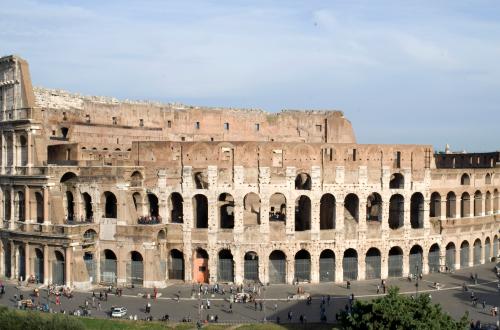
 Condividi
Condividi

Die Porta San Sebastiano (die antike Porta Appia) ist das größte Stadttor der Aurelianischen Mauer<
[...]Located at the beginning of today's Via della Lungara, the street that connects the Rione Trastevere
[...]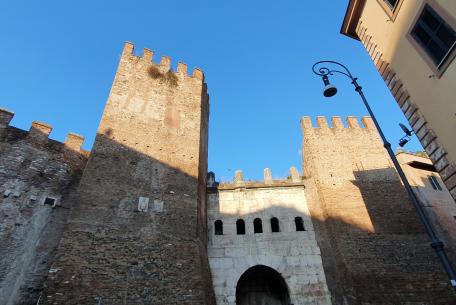
Die Porta Tiburtina oder Porta San Lorenzo ist ein Tor der Aurelianischen Stadtmaue
[...]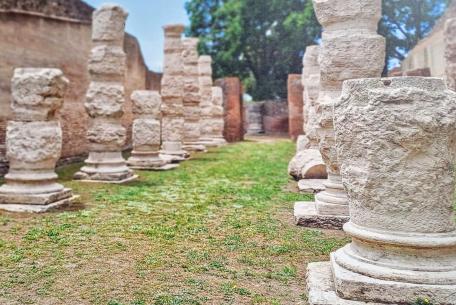
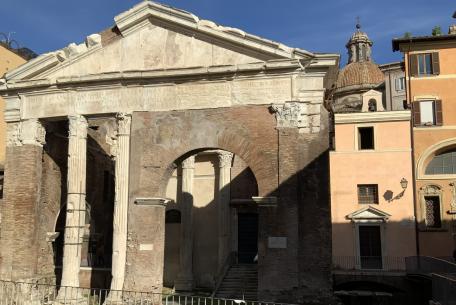
Der Komplex des Portico d'Ottavia ist der einzige erhaltene der großen Säulengänge, der auf der Nordseite an die Piazza del Circo Flaminio grenzte, ein Bereich, de
[...]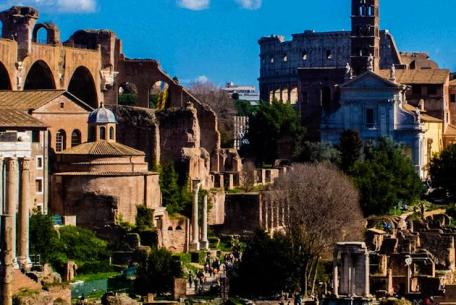
Built in the second half of the 1st century AD, the Ramp connected the Roman Forum, the
[...]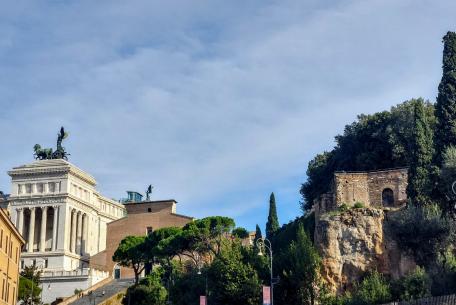
A halo of mystery cloaks one of the most legendary places in Rome, the Tarpeian Rock - from the Latin Rupes Tarpeia or Saxum Tarpeium - the rocky
[...]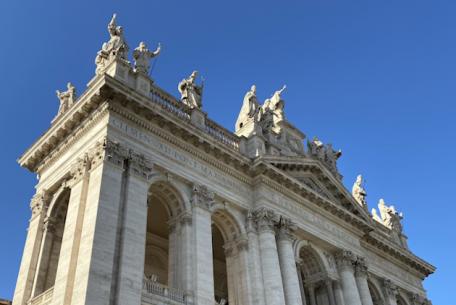
Visit the archaeological area below the Basilica di San Giovanni in Laterano, where the r
[...]
Der Überlieferung zufolge sind die 28 Stufen der Scala Santa, der Heiligen Treppe, genau die, welche Jesus bei seinem Prozess im Palast von Pontius Pilatus in Jerusalem betreten haben soll.
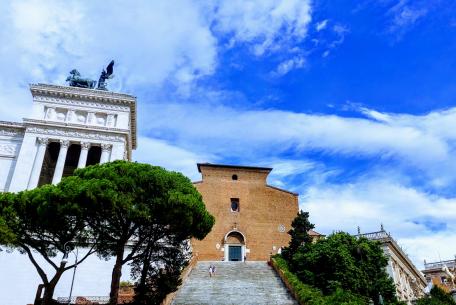
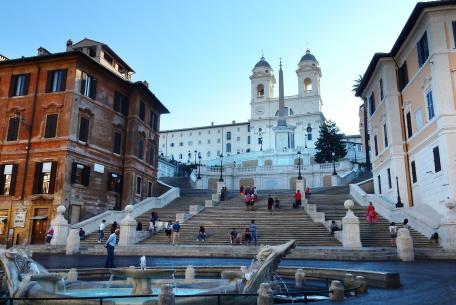
Die Spanische Treppe ist eines der außergewöhnlichsten Meisterwerke des spektakulären Geschmacks des 18. Jahrhunderts.
A new archaeological area inside a private residential lot that is, however, regularly open to visitors: the “archaeological box” of the Domus Aventino is an innovative and virtuous project by the
[...]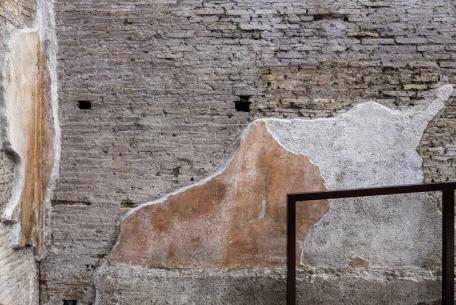
In der Kaiserzeit wurde der Südhang des Palatinhügels von verschiedenen Eingriffen betr
[...]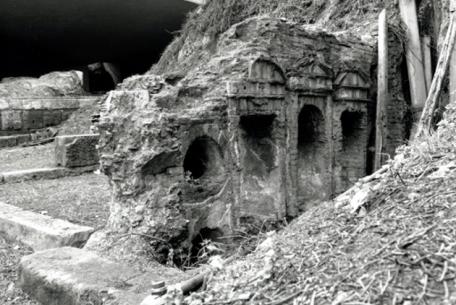
The burial ground is located on the right side of the Via Appia Antica, below the current via Marco P
[...]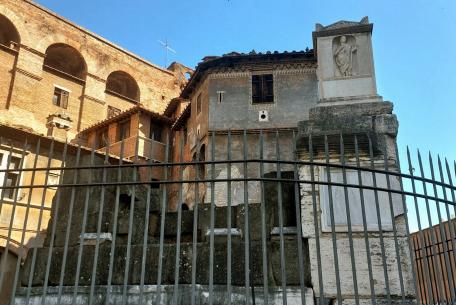
Als Teil einer ausgedehnten vorstädtischen Nekropole, die sich entlang des ersten Abschnitts der Via Salaria Nova und der Via Salaria Vetus erstreckte, kann der so genannte „Sepolc
[...]
A short distance from Porta Maggiore, along the route of Via Statilia, which owes its name to the powerful Roman "gens" who had many possessions in this area and w
[...]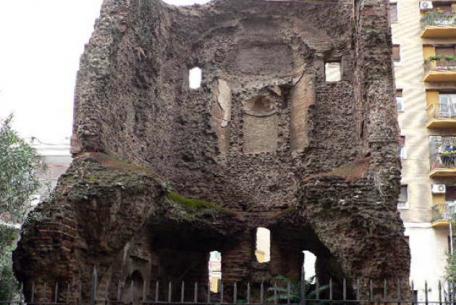
The monument is situated in the square of the same name, along Via Nomentana, nearby the church of Santa Agnese.
Built between the 2nd and 3rd centuries AD, the Sepulcher of Largo Preneste is a tomb structure in brickwork, similar to the funerary monuments preserved along

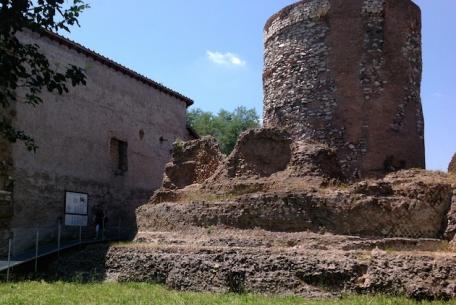
The building stands in front of the Domine quo vadis church, at the crossroads between the ancient Appian Way and the Ardeatina Way and is partly hidden between two farmho
[...]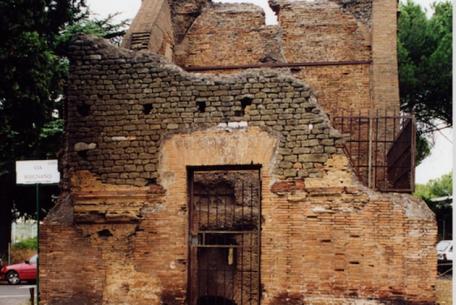
The Sepulcher located on the via Appia Nuova, along the route of the road to Castrimoenium, dates back to the second half of the second century. A.D.
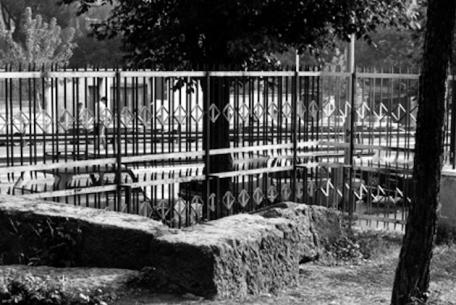
The remains of the tomb can be found today in the Tor Pignattara area, between via Casilina and the Tuscolano district and consist of large square blocks of gabina
[...]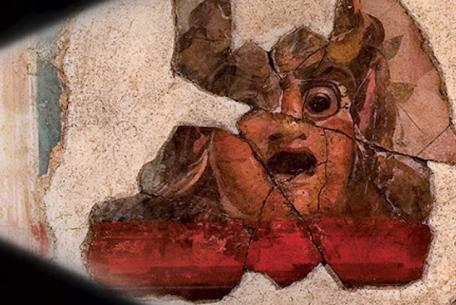
Un itinerario che attraversa il Foro Romano e il Palatino, arricchito da videoproiezioni, lightmapping<
[...]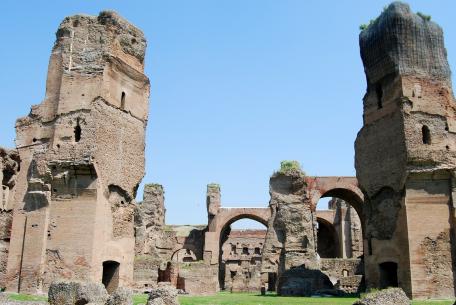
Fondamentali per la sussistenza del complesso, i sotterranei delle Terme di Caracalla pullulavano di centinaia di schiavi e operai specializzati che mandavano avanti l'ingegnosa macchina tecnologi
[...]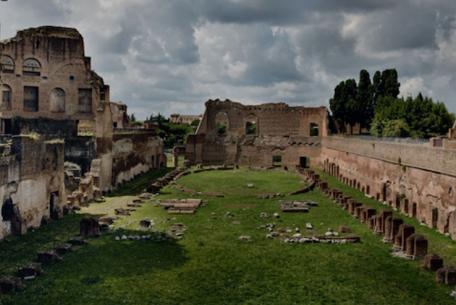
The area, which occupies the eastern side of the imperial palace built on the Palatine Hill, constituted
[...]
At the centre of Piazza Guglielmo Marconi, previously Piazza Imperiale, stands the obelisk, created by Arturo Dazzi, dedicated to the celebrated Italian ph
[...]
 Condividi
Condividi
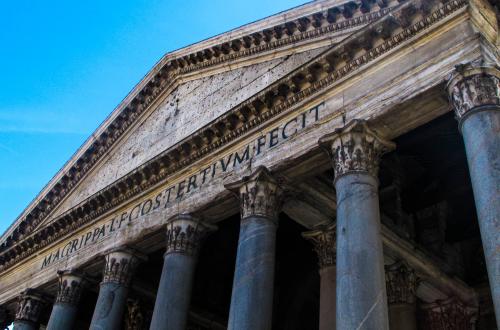
 Condividi
Condividi
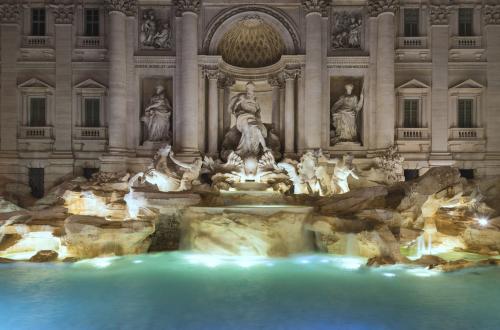
 Condividi
Condividi
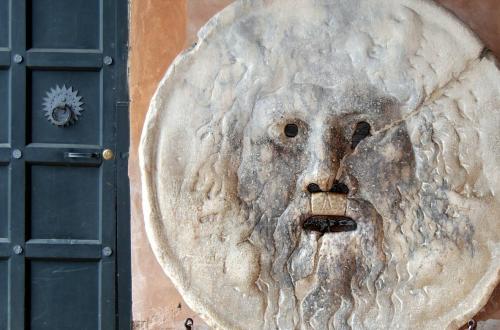
 Condividi
Condividi
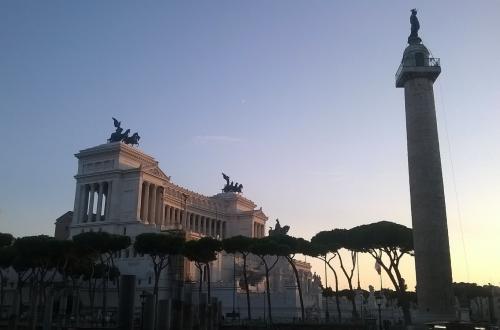
 Condividi
Condividi
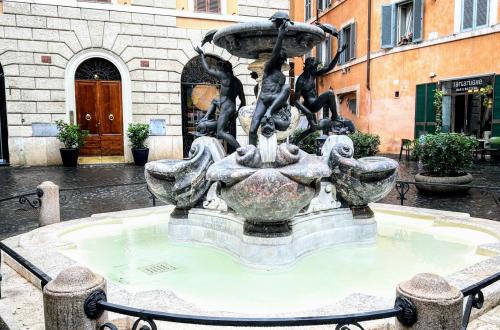
 Condividi
Condividi
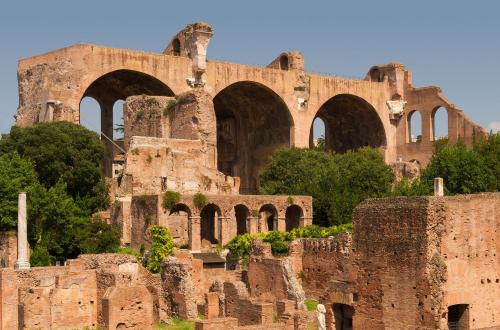
 Condividi
Condividi